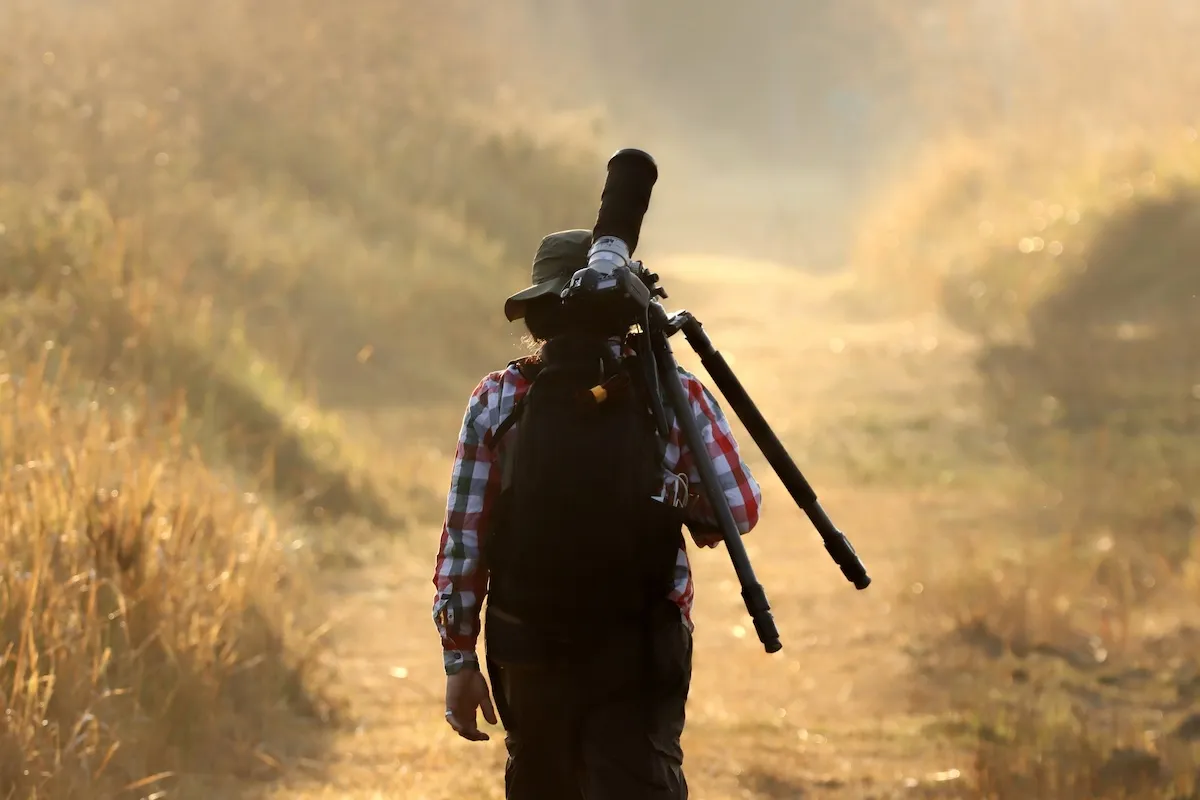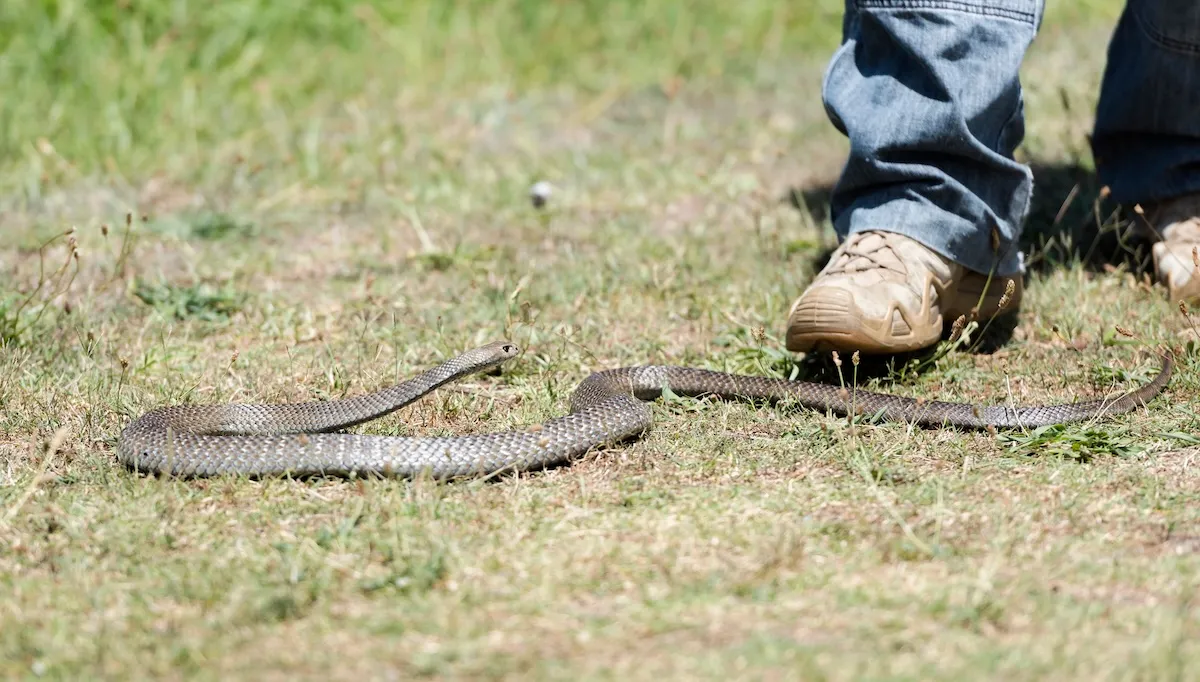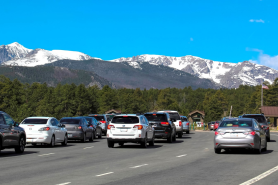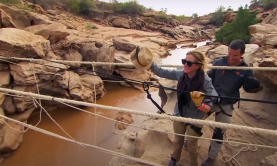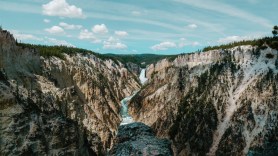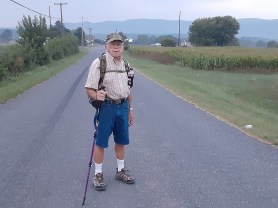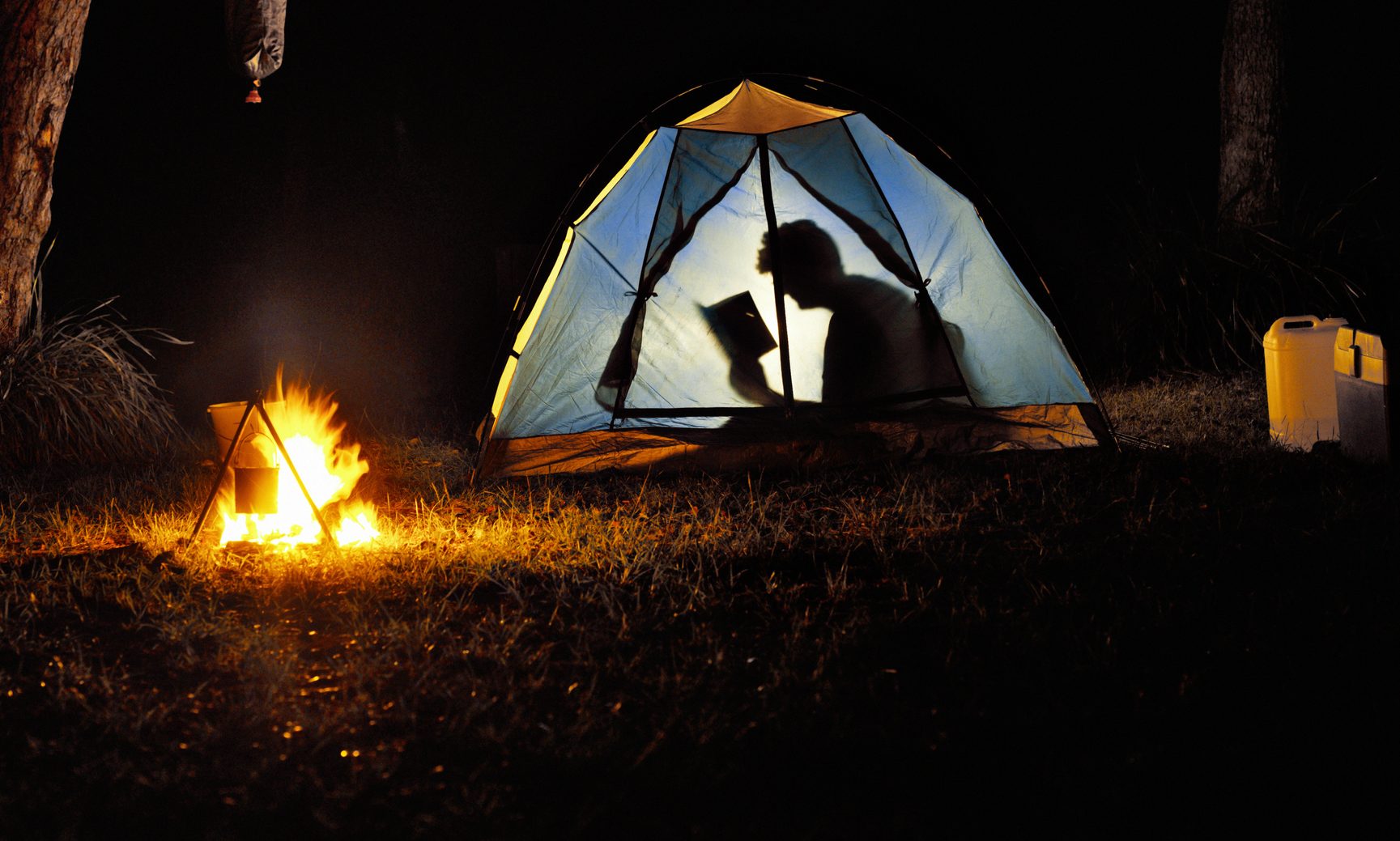

Building a campfire isn’t easy. Even if you have the essentials like matches and kindling, it takes skill and experience. But what if you’re missing one of the most essential items for building a fire—namely, usable wood? Even outdoor experts and regular campers might not be prepared for such a dilemma. Most often, it happens when camping on the beach or in the desert where trees are scarce, or because some unexpected rain or snow has made the wood you intended on using ineffective.
Videos by Outdoors
While starting a fire without wood is not an ideal situation, you can still get a blaze going without being a super survivalist or a magician.
Forage for flammables
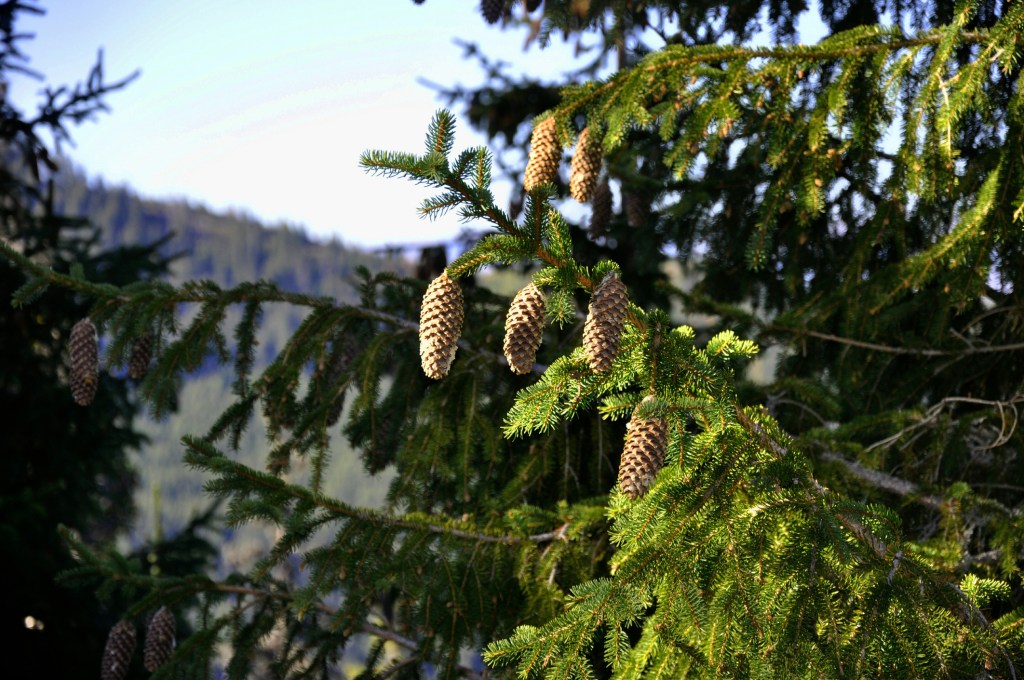
Figure out your wood alternatives based on your surrounding area. Depending how long you want your fire to burn, you need to gather a lot—and much more than you would if you had wood as your fuel, as it burns longer than most other options. Pine cones or pine needles from evergreens light up quickly, though they tend to be smokey. Dry leaves, bark, twigs, and moss can be used as fuel in this predicament.
Only have manmade supplies at the ready? Newspaper works well: Roll a few pieces into tubes and tie them together in a knot creating as tight a ball as possible, which will burn longer than loose pages. Toilet paper rolls can also work, stuffed snuggly with wads of the paper itself. Finally, one fun and maybe surprising food product often suggested is potato chips. They light up quickly and will stay burning for up to three minutes each.
Clear a space for the fire
Once you have a stockpile, prepare the space you want to start the campfire. Fueling a fire with smaller and less dense material than wood can create more flyaways and debris, so be extra-careful in prepping your spot, putting it where there are natural windbreaks, if possible. Clear the area of anything that could accidentally catch fire. Set up rocks to form the perimeter that will contain the flames.
Build the base with care
With your fuel materials, create a ball or teepee formation inside your rock perimeter. Either shape keep the heat in and helps to maintain the fire. Light the center with a match or firestarter, and fan it with a stiff surface or lightly blow on it to add oxygen to help the flame spread. Keep the fanning gentle to prevent any of the smaller lit pieces from flying away from the campfire.
Have a strategy to keep it lit
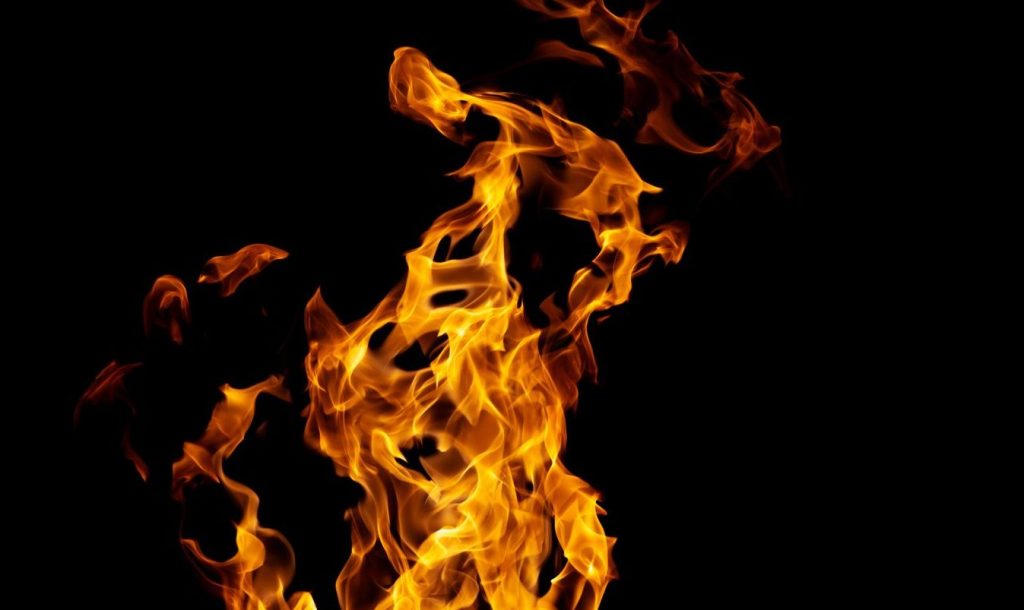
Wood burns far slower than most other items, so you’ll need to continue to add the kindling you gathered to feed the fire and keep it burning. If camping overnight, have members of your group take turns to monitor it throughout the night.
Take special caution
Campfires are a necessity for warmth, light and cooking food, but no matter how you create them, they’re dangerous. It’s important to always be vigilant on the lookout, especially if there are kids or pets around. Keep a safe distance except when absolutely necessary, especially if there’s a breeze that might blow embers in all directions. And, as always, extinguish your fire properly and clean up the area before leaving.
